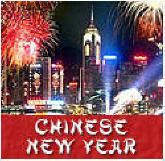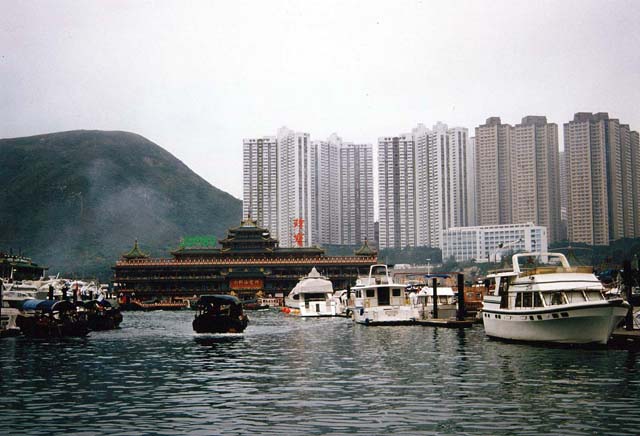
"Hong Kong Travel Guide, Photos, and Review" |
Welcome to Hong Kong Travel Guide. Here you will find Hong Kong photos and review. |
|
|
|
Hong Kong Attractions |
|
Destination Pictures |
|
China Hong Kong (9 Pictures) Los Angeles Southern California Vancouver Jamaica |
|
|
|
|
|
|
||||||||||||||||||||||||||||||||
|
|||||||||||||||||||||||||||||||||||||
About Us | Contact Us | Terms of Use | Advertise With Us
Copyright © 2005 ChinatownConnection.com. Hong Kong Travel Guide. Chinatown Houston Web Portal. All rights reserved










